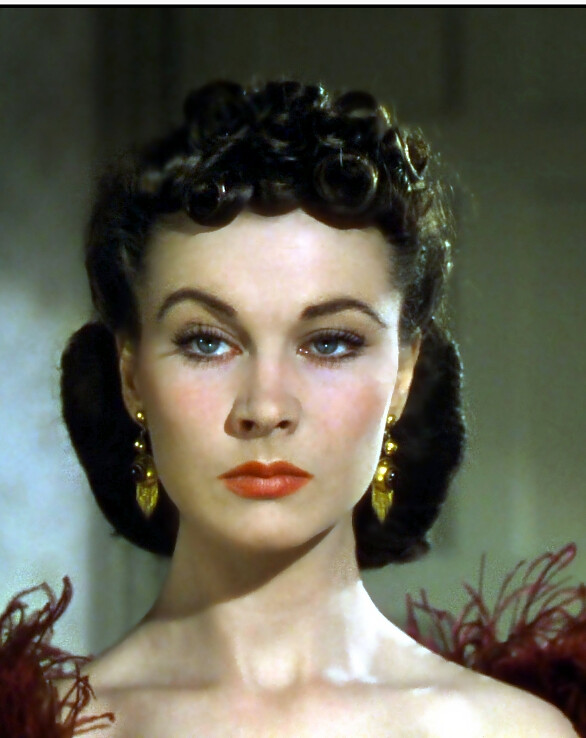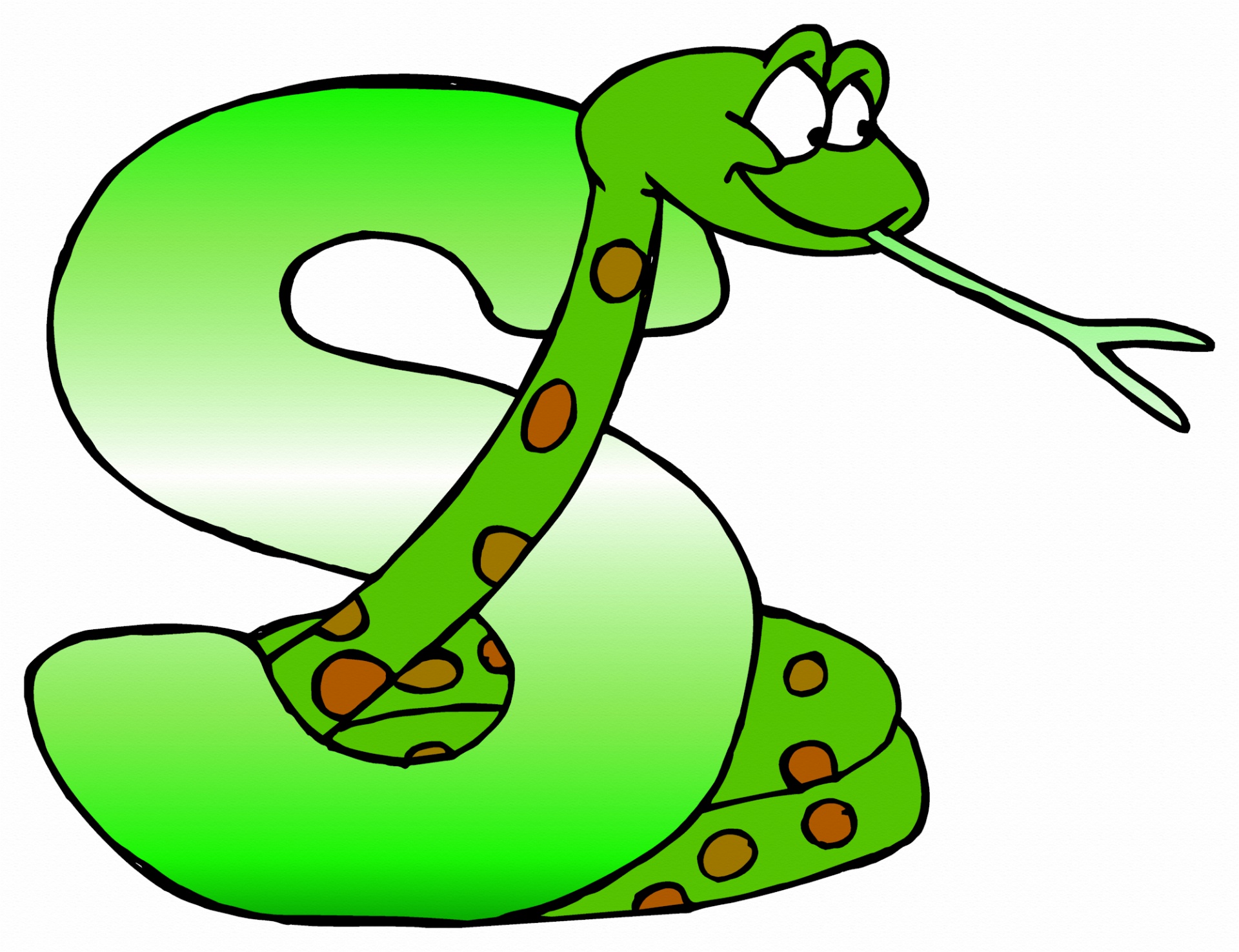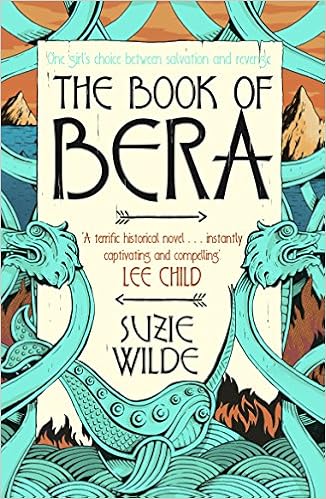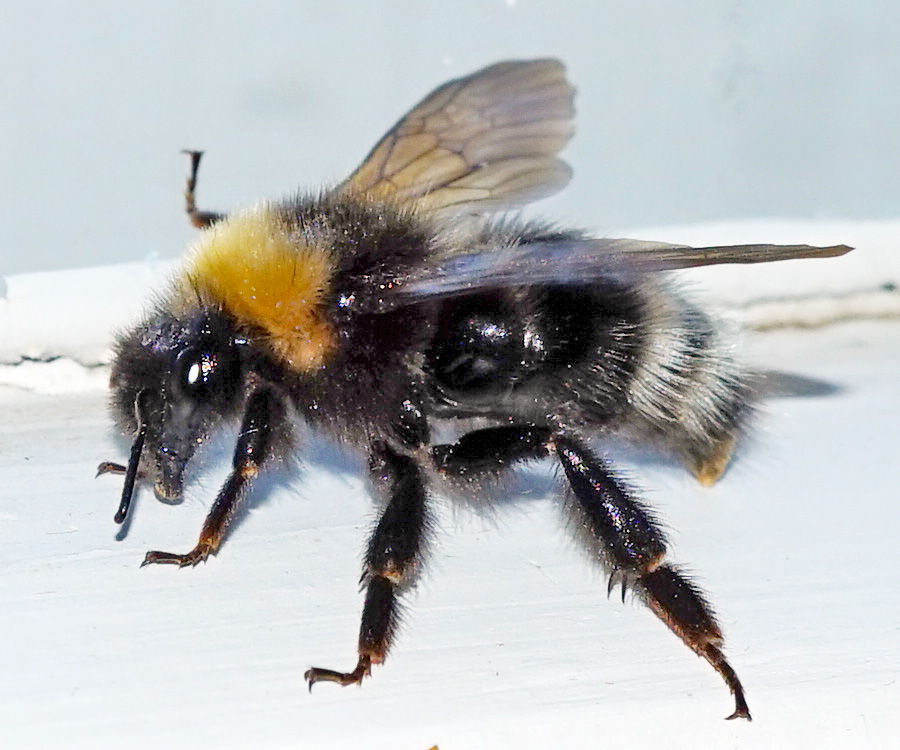.
Why do character names matter?
- If your book is published the world will have to live with your choice for a while. More importantly, you'll have to live with it.
- Getting the name right will help you develop your character. Sometimes I borrow someone's name that fits my character and change it when I've found a suitable replacement.
- The right name will help your reader draw a picture of your character and set the time, place and genre of your story.
- Dr Frankenstein would not have been the same had he been called Dr Faffenbine.
- Scarlett O'Hara might not have had the same impact as Poppy O'Lovely
- Edward Hyde would not have been as menacing as Teddy Dysguise
- Hagrid would have been perceived differently were he called Hacket
- Severus Snape would not have been as terrifying as Arthur Apple
- Peter Pettigrew is the perfect name for a snivelling, grudge holding, pathetic coward and even hints at what his body can do.
 |
| Spoilt, clever, finally heroic Scarlett O'Hara |
How do you choose names?
Sound it Out.
Different sounds give us a different emotional responses.
- Hissing sounds such as s and z can put us on alert.
- Sounds such as sh and zh are calming
- Breathy sounds are unthreatening, such as H and F
- Murmuring sounds are comforting - M and N for example.
- Snappy sounds such as T and K are slightly aggressive.
Listen to some different names aloud and see how you respond to the sounds. Does it feel right? Is that how you want your character to be viewed?
Word Association
Certain collections of sounds remind us of other words. Hagrid sounds a little like 'hug'. Snape sounds a lot like 'snake.' J.K. Rowling takes great care in naming her characters - it's especially important when there are so many of them. They need to be right and they need to be memorable. Luna Lovegood is another good example - Luna, to do with the moon but associated with loony - and Lovegood, all the pure and lovely things.
Names from history can help us out as well - Douglas Adams reluctant hero Arthur Dent in Hitchhikers Guide to the Galaxy has a perfect name. Arthur is steady and reliable, possibly even boring BUT it is also the name of one of our most famous kings. And just in case the name sounds a bit too heroic, the surname Dent knocks the shine off. Arthur Dent, it absolutely sums up that character.
Generate by Genre
In science fiction you can use names to establish difference and you can probably make it up - Hitchhikers characters Zaphod Beeblebrox and Trillion immediately tell you those characters are out of this world.In historical/geographical fiction you need to do your research. In Candy Gourlay's Bone Talk she uses character and place names to conjure a time in Filipino history when America invaded. It's beautifully and accurately done: Samkad, Kinyo, Luki, Tambul names of a time and place.

Suzie Wilde does the same in her viking novel the Book of Bera - she uses names to weave a tapestry that feels right.
Where do you find names?
- Keep cool names you come across. If I like a name, I sometimes keep the post it notes used at book signings to remember. You could devote a few pages in your ideas notebook for good names.
- Google baby name lists. You can find lists by decade right back to the early twentieth century.
- Have a file on your phone so when you pass names of places you can make a quick note next time you stop. There's a sign post for three villages that I drive past sometimes, Norney, Shackleford, Hurtmore. Brilliant surnames that are in my 'one day' file.
- Steal people's names - sometimes it might be temporary while you develop a character., sometimes it's forever. I've asked people if I can use their names before - they're usually pretty happy about it.
- The phone book. I know, they don't really exist anymore but I have an old one I keep for this purpose!!
- Religious texts are great places to find names - and you can associate them with certain stories.
- History - J.K.Rowling is . master at this - she knows classical texts, mythology and basic history and uses it. The etymology of her character names is fascinating.
 |
| Dumbledore is an archaic word for bumblebee. |
I use these techniques when choosing names. In More of Me, I needed a name for my main character that spoke of her innocence and corruption by external forces which led me to Eve. That became Eva because I also needed a name I could morph into new names - the other versions of Eva were originally going to have all have different versions of the same name but that wasn't practical because of school. I wanted something that sounded brittle and edgy so Eva, became Teva. It was a happy coincidence that Teva is Hebrew for world/nature.
Teva's best friend Maddy is British with Pakistani parents. Finding the right name for her mattered hugely, I wanted a name that could be shortened to an anglicised version but had roots in her parents heritage. Her full name is Madeeha.
In my new book, one of my characters is called Shem. I wanted a name that told of the boys history but also sound sullen and recalcitrant. Shem was one of Noah's sons who was saved on the Ark. The 'sh' sound smacks of silence, and Shem sounds a little but like 'shun'. Perfect for my character.
Get your names right and you can reinforce character descriptions, or maybe subvert your readers impressions, whichever, if you do it with thought, it will make your book better and your characters more memorable.
Kathryn Evans is the award winning author of More of Me: A gripping thriller with a sinister sci-fi edge, exploring family, identity and sacrifice. She loves faffing about on social media: find her on Facebook and Instagram @kathrynevansauthor and tweeting @KathrynEvansInk.























